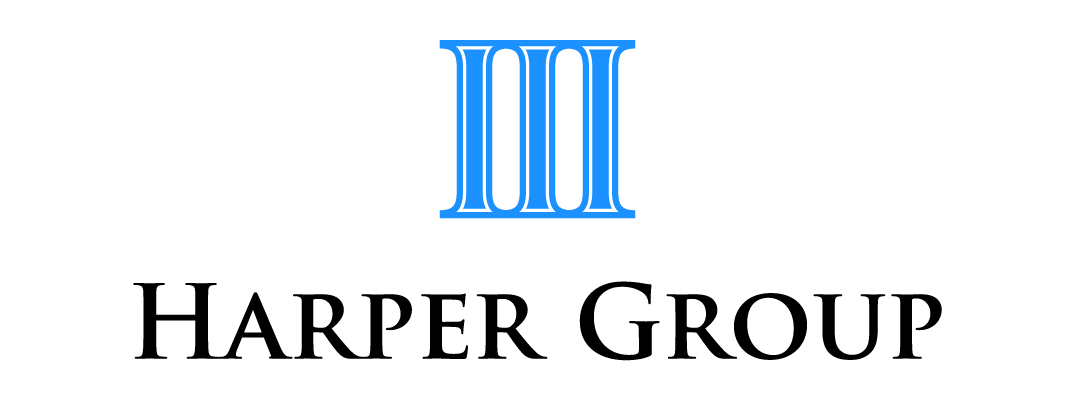Starting out in small business? You may be able to use simpler trading stock rules
If you are operating a small business and at the end of the income year you estimate that your trading stock’s value has not changed by more than $5,000, remember (especially if you are new to business) that you can choose not to conduct a formal stocktake. By making a decision to do this, you will not be required to account for the changes in the trading stock’s value.
The estimate you use to make this decision (known by the ATO as an election to use the “simplified trading stock rules”) will be deemed to be reasonable by the ATO if either:
- you maintain a constant level of stock each year and have a reasonable idea of the value of stock on hand
- stock levels fluctuate, but you can make an estimate based on records of the stock purchased.
A small business will need to use the general trading stock rules if the difference in trading stock value has varied by more than $5,000. The general trading stock rules are sketched out a little more below, but ask us if you need further guidance.
And another reminder in case you are indeed new to business and tax — an increase in trading stock value over the year is assessable income, while a decrease is an allowable deduction. Again, ask this office for more details if you need it.
The general rules
The general trading stock rules apply if the value of trading stock changes by:
- more than $5,000
- $5,000 or less if a business owner chooses to do a stocktake and account for the change in value.
(A business can choose to do a stocktake and use the general trading stock rules even if you are eligible to use the simplified trading stock rules.)
Using the general trading stock rules, you must do an end-of-year stocktake and record the value of all trading stock on hand at both:
- the beginning of the income year
- the end of the income year.
It should come as no surprise if it is found that the value of stock at the end of an income year is generally the same as its value at the start of the next income year. However if for some reason:
- the value of closing stock is more than that of opening stock, your business must include the difference as part of its assessable income
- the value of closing stock is less than that of opening stock, you can reduce assessable income by the difference.
Where a business starts during an income year, the total value of stock on hand at the end of that year is included in assessable income.
Using stock for your own purposes
If, as the business owner, you take an item of trading stock for your private use, you need to:
- account for it as if it had been sold
- include the value of the item in assessable income.
There are alternate ways this stock can be valued. You can:
- keep records of the actual value of goods taken from trading stock for private use and report that amount
- use the amounts the ATO provides as estimates of the value of goods taken (updated annually, ask us for a copy if applicable).
If your enterprise is in primary production and you slaughter livestock for your own consumption, it must be accounted for it as though it was disposed of it at cost.
Harper Group Pty Ltd Chartered Accountants Frankston Ph 9770 1547
Disclaimer: All information provided in this article is of a general nature only and is not personal financial or investment advice. Also, changes in legislation may occur frequently. We recommend that our formal advice be obtained before acting on the basis of this information.
